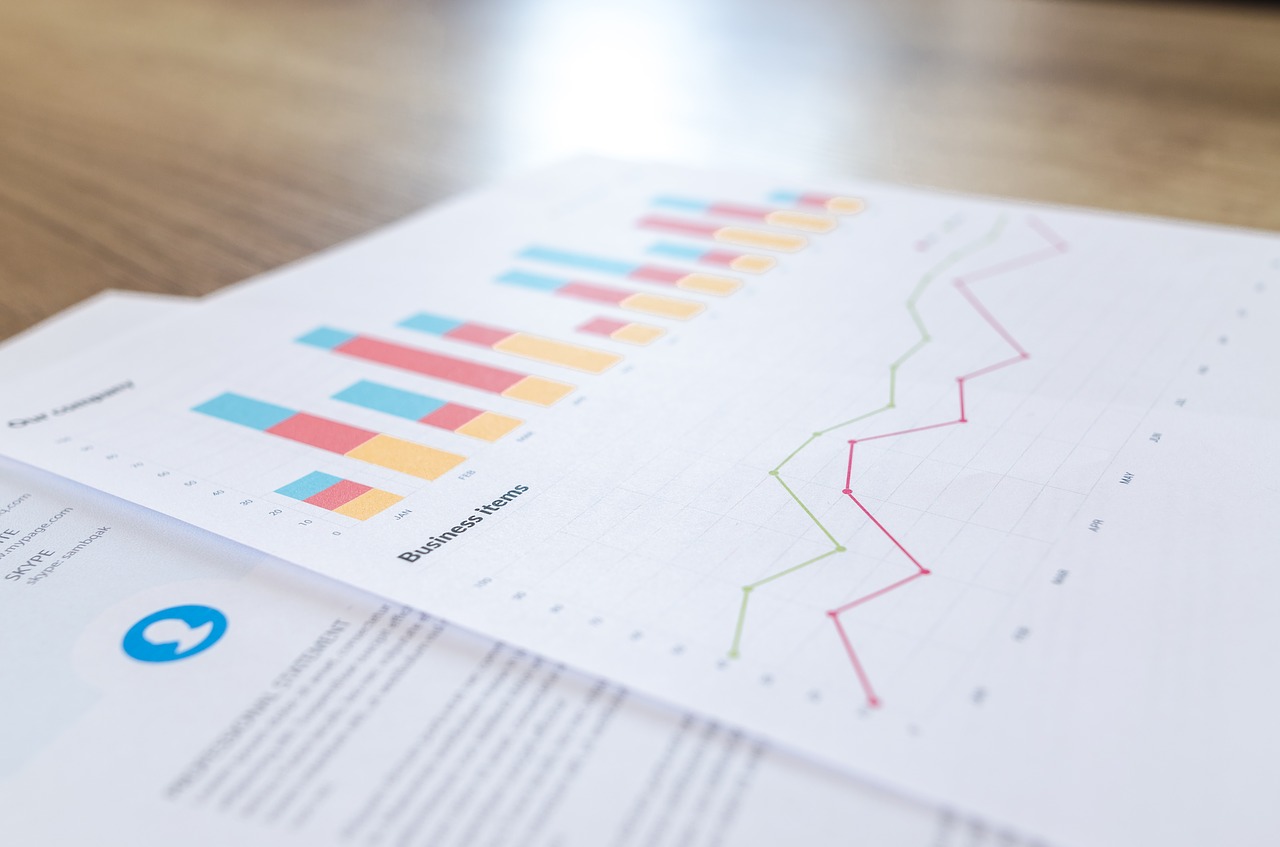It is always difficult to find out how firms all around you approach the issue of investment and banking fees. However, plenty of these answers seem to be present in the second edition of the now annual information guide offered by Firmex and Divestopedia . This M&A fee guide is a comprehensive outlook at the market, compiling data from 471 advisers, bankers, and enthusiasts of the market. The aim of the report is to take a sweeping look at the market and offer reliable information about M&A fees , elaborating on what is being charged across the board and zeroing in on why there are a variations in key areas.
The report delves into the intricacies of M&A, dissecting the fees across towns and cities and then looking at those figures in comparison to the global picture. It provides gems such as transaction values in different places, deal flow in areas where fees are the highest, and fee percentages in comparison to general sizes of deals. In order to examine the validity of the figures laid out and the arguments put forth, heavy lifters from places such as Dentons, IAM group and BDP have been brought on board to take a look at the status quo and serve up their take.
Significant findings
M&A success percentages are not the same in any two areas of the world. A good example is a scenario where in the US Pacific, the success rates come in at between 2 and 4% of deals that rise up to $50 million in value. However, as you move across the North Eastern Part of the US, the percentages seem to deplete, coming in at between 1 and 2%. This raises a very important point; if you are an M&A adviser, you should never rely on general averages when analyzing fees, because if you do, you are going to miss the local perspective. This is not to say that national averages are not important; they are, but they need to take on a lesser significance as compared to what is on the ground. The danger with setting your fees at the level of the national average is that you could end up either putting the client in a jinx or even short-changing yourself in situations where local fees tend to rise higher than what the national average would suggest.
Generally, it seems that the marketplace is slowly coming to the realization that M&A works best when the interests paid to bankers align with what sellers receive. Overall, 45% of those asked said that they feel comfortable in such a situation as opposed to a wild card market scenario where one party runs away with the margins.
An interesting finding is that there seems to be no consensus as to the basis of the calculation of success fees. It also seems like the industry does not consciously align itself at the time success fees are dished out. However, 76% of those who were asked indicated that they do factor earnouts when coming up with a success fee.
The force behind the report, Firmex, is a popular virtual data room provider, and its findings are on the books over 100,000 major companies across the globe.



 Bitcoin
Bitcoin  Ethereum
Ethereum  Tether
Tether  XRP
XRP  Solana
Solana  USDC
USDC  TRON
TRON  Lido Staked Ether
Lido Staked Ether  Cardano
Cardano  Avalanche
Avalanche  Toncoin
Toncoin